Home>Dining>Events & Etiquette>What Is Table Etiquette?
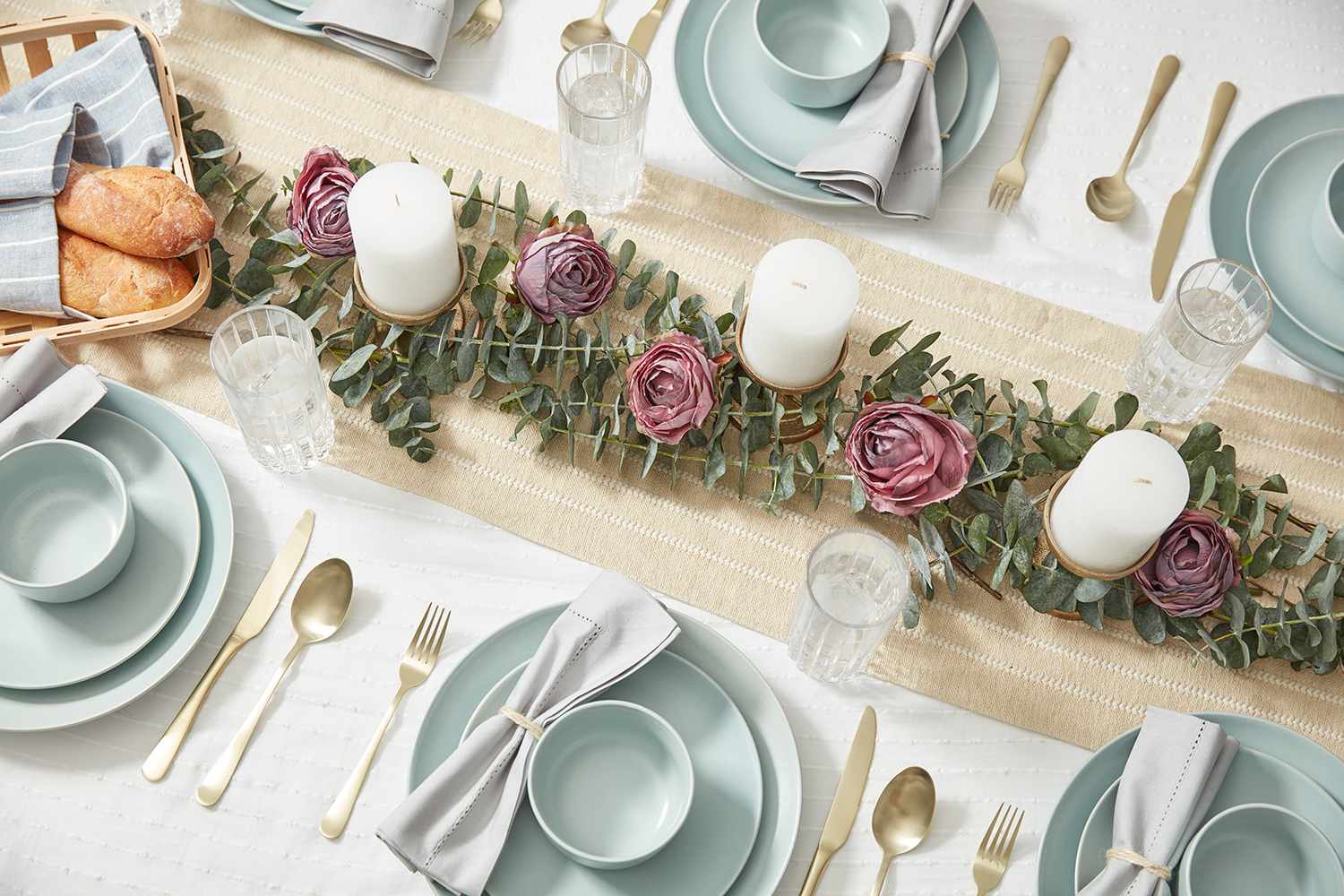

Events & Etiquette
What Is Table Etiquette?
Modified: August 20, 2024
Learn the basics of table etiquette and proper event manners. Enhance your social skills and impress others with your refined dining etiquette.
(Many of the links in this article redirect to a specific reviewed product. Your purchase of these products through affiliate links helps to generate commission for Storables.com, at no extra cost. Learn more)
Introduction
Welcome to the world of table etiquette! Whether you’re attending a formal dinner event or simply dining at a restaurant, understanding and practicing proper table etiquette is essential. Table etiquette refers to a set of social customs and guidelines that govern behavior while dining. It is not just about using the correct utensils or knowing which fork to use for each course; it also encompasses aspects such as conversation etiquette, seating etiquette, and even how to handle napkins and bread.
Table etiquette is more than just a set of rules – it is a way to show respect for others and demonstrate your social grace and refinement. By observing proper table etiquette, you can make a positive impression and navigate through dining situations with confidence. Whether you’re attending a formal business dinner, a wedding reception, or a casual meal with friends, having an understanding of table etiquette will ensure you feel comfortable and self-assured.
This article will guide you through the intricacies of table etiquette, providing you with general guidelines for comportment and specific tips for various aspects of dining. From napkin etiquette to conversation etiquette, let’s explore the art of dining with elegance and poise.
Key Takeaways:
- Mastering table etiquette is about more than rules; it’s a way to show respect, grace, and consideration for others while enjoying a meal. Understanding and practicing proper table etiquette allows you to navigate various dining settings confidently and make a positive impression on those around you.
- Proper table etiquette helps create an atmosphere where everyone can enjoy the meal, engage in pleasant conversation, and forge meaningful connections. By embodying these practices, you enhance your dining experiences and inspire others to embrace the art of dining with elegance and charm.
Read more: What Is Common Table Etiquette In Spain?
Why is Table Etiquette Important?
Table etiquette plays a vital role in social interactions and professional settings. Here are a few reasons why understanding and practicing table etiquette is important:
- Showing Respect: Table etiquette is a way to show respect for your hosts and fellow diners. By following proper etiquette, you demonstrate that you value their company and appreciate the effort that went into organizing the meal.
- Creating a Positive Impression: Good table manners create a positive impression and can impact your personal and professional relationships. When you display proper etiquette, you exude confidence, poise, and refinement, making others view you in a favorable light.
- Promoting a Pleasant Dining Experience: Table etiquette ensures that everyone at the table enjoys a pleasant dining experience. By adhering to etiquette guidelines, you contribute to a harmonious atmosphere, allowing everyone to focus on the company and conversation rather than being distracted by improper behavior.
- Navigating Social and Professional Settings: Proper table manners are crucial in formal dining settings, such as business dinners, weddings, and other special occasions. Having a solid understanding of table etiquette enables you to feel at ease and navigate these situations with confidence.
- Enhancing Networking Opportunities: Business and professional settings often involve networking opportunities over meals. By showcasing impeccable table manners, you can impress potential clients, colleagues, or employers, giving you an edge in building and maintaining important connections.
- Preserving Cultural Traditions: Table etiquette varies across cultures, reflecting unique customs and traditions. Understanding and respecting these cultural nuances shows appreciation for diversity and helps avoid unintentional offenses or misunderstandings.
In essence, proper table etiquette is not just about the mechanics of eating; it is about displaying consideration, respect, and social awareness. By mastering these skills, you can navigate dining scenarios with confidence and create lasting positive impressions on those around you.
General Table Etiquette Guidelines
Whether you’re dining in a formal setting or enjoying a casual meal, there are general table etiquette guidelines that apply across various dining scenarios. These guidelines ensure that you conduct yourself with grace and courtesy. Here are some key general table etiquette guidelines to keep in mind:
- Sit up straight: Maintain good posture and sit upright at the table. Avoid slouching or leaning too far back.
- Keep elbows off the table: It is considered impolite to rest your elbows on the table while eating. However, it is acceptable to rest your wrists or forearms on the table in between courses.
- Wait to start eating: If you are dining in a formal setting, wait for the host or hostess to start eating before you begin. In a casual setting, it is polite to wait for everyone to be served before you start eating.
- Chew with your mouth closed: Avoid talking with food in your mouth and chewing with your mouth open. Keep your lips closed while chewing to minimize any noise.
- Use appropriate utensils: Start with the outermost utensils and work your way in as each course is served. Use the appropriate utensils for each type of food.
- Do not slurp or make excessive noise: When drinking soup or other liquids, do so quietly, without creating unnecessary noise. Avoid slurping or making loud sounds while eating.
- Engage in polite conversation: Engage in polite and appropriate conversation with your fellow diners. Avoid controversial topics or discussing sensitive matters that may make others uncomfortable.
- Excuse yourself: If you need to leave the table during the meal, politely excuse yourself from the other diners.
These general table etiquette guidelines serve as a foundation for good manners at the table. By adhering to these principles, you can ensure a pleasant dining experience for yourself and those around you, regardless of the dining setting.
Napkin Etiquette
Napkin etiquette refers to the proper way of handling and using your napkin during a meal. Here are some key napkin etiquette guidelines to follow:
- Unfolding the napkin: As soon as you are seated, unfold your napkin and place it on your lap. If the napkin is large, fold it in half with the fold facing towards your waist.
- Using the napkin: Throughout the meal, use your napkin to gently blot your mouth as needed. Remember to dab your lips discreetly rather than wiping them vigorously.
- Leaving the table: If you need to leave the table temporarily during the meal, place your napkin loosely on your chair. This signals to the server that you are still returning and helps prevent confusion.
- End of the meal: When you have finished eating, neatly place your napkin loosely to the left of your plate. Avoid crumpling or folding the napkin. In more formal settings, wait for the host or hostess to signal that the meal is over before placing your napkin on the table.
Remember, the napkin should primarily be used for blotting your mouth discreetly. It is not meant to be used as a handkerchief or to wipe your face or neck. Keep the napkin in your lap throughout the meal, using it as necessary, and remember to leave it neatly placed at the end of the meal. These simple napkin etiquette guidelines will help you navigate any dining situation with style and elegance.
Utensil Etiquette
Proper utensil etiquette involves knowing how to use different utensils and navigating through the various courses of a meal. Here are some essential utensil etiquette guidelines to keep in mind:
- Start from the outside: When multiple utensils are set on the table, start using the utensils farthest from your plate and work your way in as each new course is served. The outermost utensils are typically for the earlier courses.
- Use utensils in the correct order: In a formal setting, you may encounter a wide array of utensils. As a general rule, work from the outside in and use the appropriate utensil for each type of food. For example, use the soup spoon for soup, the salad fork for salad, and the dinner fork for the main course. If you are unsure, observe the host or follow the lead of others at the table.
- Handle utensils properly: Hold utensils by their handles and avoid touching the part that comes into contact with the food. When placing used utensils on the plate or resting them between courses, do so with the handles facing towards you.
- Do not lick or suck on utensils: Avoid licking or sucking on utensils before or after using them. Instead, gently remove any food residue with your lips or a napkin.
- Resting utensils: When pausing during the meal, you can rest your utensils on your plate. Cross them at a slight angle, forming an inverted “V” shape, with the fork on the left and the knife on the right.
- Finishing the meal: When you have finished eating, place your utensils parallel across the center of your plate diagonally, with the handles at 5 o’clock and the tips at 10 o’clock. This signals to the server that you have finished.
Remember, utensil etiquette can vary across cultures and dining settings. If you are unsure about a particular utensil or its proper use, observe others or seek guidance discreetly. By mastering basic utensil etiquette, you can navigate through a multi-course meal with confidence and grace.
Seating Etiquette
Seating etiquette refers to the proper way to approach seating arrangements and navigate seating situations during a meal. Here are some essential seating etiquette guidelines to keep in mind:
- Wait for guidance: In a formal dining setting, wait for the host or hostess to indicate where you should sit. They may have a specific seating plan, or they may direct you to a particular seat. If no guidance is provided, it is customary to allow the honored guests or elders to be seated first.
- Offer assistance: If you are seated before others, offer assistance to those who may need help finding their seats or pulling out their chairs. Be courteous and accommodating.
- Seat yourself gracefully: When approaching your seat, do so gracefully and avoid bumping into other chairs or disturbing fellow diners. Gently place any bags or belongings in your lap or on the floor, avoiding clutter on the table.
- Adjust your chair: Once seated, adjust your chair to an appropriate distance from the table. You should be comfortably close to the table without crowding it, maintaining a slight gap between your body and the edge of the table.
- Sit up straight: Maintain good posture while seated, keeping your back straight and your shoulders relaxed. Avoid slouching or leaning too far back.
- Respect personal space: While seated, be mindful of personal space. Avoid leaning excessively towards your neighbors or encroaching on their space.
- Refrain from changing seats: Once you are seated, it is generally considered impolite to change seats without a valid reason or without prior permission from the host or hostess. Stick to your assigned seat unless circumstances dictate otherwise.
Seating etiquette is all about being considerate and respectful towards others. By following these guidelines, you can navigate seating arrangements with grace and create a harmonious dining experience for everyone involved.
When dining at a table, remember to place your napkin on your lap, chew with your mouth closed, and wait for everyone to be served before starting to eat. These simple gestures show respect for your fellow diners and make for a more pleasant dining experience.
Conversation Etiquette
Conversation etiquette at the dining table is just as important as proper eating habits. Here are some essential conversation etiquette guidelines to help you engage in meaningful and polite conversation during a meal:
- Be an attentive listener: Give your full attention to the person who is speaking. Maintain eye contact, nod in agreement, and show genuine interest in what they are saying.
- Avoid dominating the conversation: Allow others to participate in the conversation and avoid monopolizing the discussion. Give everyone a chance to share their thoughts and ideas.
- Choose appropriate topics: Engage in light and pleasant conversation topics that are suitable for the dining setting. Avoid controversial subjects, sensitive topics, or anything that may make others uncomfortable.
- Avoid discussing divisive subjects: Keep the conversation light and enjoyable by avoiding discussions about politics, religion, or any other potentially contentious issues.
- Practice active listening: Show that you are engaged in the conversation by responding appropriately. Ask follow-up questions, provide relevant comments, and show empathy towards others’ viewpoints.
- Use appropriate language: Use polite and respectful language when engaging in conversation. Avoid using offensive or vulgar language that may offend others.
- Balance talking and eating: While it is essential to participate in the conversation, be mindful of your eating pace. Take small bites and chew slowly to ensure you can actively engage while also enjoying your meal.
- Be courteous and mindful of volume: Speak in a moderate volume so that you can be heard by those nearby without disturbing others at the table. Avoid speaking too loudly or whispering in a way that excludes others.
Remember that conversation etiquette is about creating an inclusive and pleasant dining atmosphere. By following these guidelines, you can contribute to a lively and enjoyable conversation while ensuring that everyone feels comfortable and engaged.
Food Etiquette
Food etiquette encompasses the proper way to handle and consume food during a meal. Understanding and practicing food etiquette not only shows respect for the food being served but also ensures a pleasant dining experience for everyone. Here are some essential food etiquette guidelines to keep in mind:
- Wait to be served: In a formal dining setting, wait for the dishes to be served to you before you start eating. This helps maintain an organized and coordinated meal for all guests.
- Use appropriate serving utensils: When serving yourself, use the provided serving utensils rather than your personal utensils. This ensures that everyone has access to the food and helps maintain hygiene.
- Take small, manageable bites: When eating, take small, manageable bites to avoid overfilling your mouth or making a mess. Chew slowly and thoroughly before swallowing.
- Avoid speaking with food in your mouth: It is considered impolite to talk with food in your mouth. Finish chewing and swallow your food before engaging in conversation.
- Don’t play with your food: Avoid playing with or rearranging your food on the plate. This can be seen as disrespectful or childish behavior.
- Use appropriate seasonings: Refrain from adding excessive salt, pepper, or other seasonings to your food before tasting it. This may imply that the food is poorly seasoned or that you are trying to mask the flavors.
- Respect dietary restrictions: If you have dietary restrictions or allergies, inform your host or server in advance. Politely decline any dishes that may not comply with your dietary needs.
- Take breaks between courses: Pace yourself during a multi-course meal. Take breaks between courses to allow time for digestion and enjoyment of the different flavors.
- Avoid reaching across the table: If you need something from another part of the table, politely ask for it to be passed to you rather than reaching across other diners.
- Finish what is on your plate: Do your best to finish what is on your plate, showing appreciation for the meal that has been prepared for you. However, it is acceptable to leave a small amount of food if you are full.
By adhering to food etiquette guidelines, you can show respect for the food, the chef, and the dining experience as a whole. Remember to be mindful of your dining companions and the overall atmosphere when enjoying your meal.
Drink Etiquette
Drink etiquette involves knowing how to handle and consume beverages in a polite and appropriate manner during a meal. Whether you’re enjoying a glass of wine, a cocktail, or a non-alcoholic beverage, here are some essential drink etiquette guidelines to keep in mind:
- Wait to be served: In a formal dining setting, wait for your host or server to offer you a drink or pour your beverage before you start drinking. This is a sign of courtesy and respect.
- Hold your glass properly: When holding a stemmed glass, grasp it by the stem rather than the bowl. This prevents the heat of your hand from affecting the temperature of the drink and helps maintain the appearance of the glass.
- Avoid clinking glasses: While clinking glasses in a celebratory toast is common, be mindful of the occasion and the atmosphere. In formal settings, clinking glasses is often reserved for specific toasts or celebrations.
- Take small sips: When drinking from a glass or a cup, take small, discreet sips rather than large gulps. This helps to maintain an elegant and refined appearance.
- Pause between sips: Avoid drinking continuously throughout the meal. Instead, take occasional breaks between sips to savor your drink and engage in conversation.
- Know your limits: If alcohol is being served, drink in moderation and be aware of your limits. Pace yourself and avoid becoming intoxicated, as it can lead to inappropriate behavior and make others uncomfortable.
- Mind your glass placement: When not actively drinking, rest your glass on the table or on a designated coaster. Avoid holding your glass throughout the entire meal, as it can appear awkward and distracting.
- Respect non-drinkers: If someone at the table is not drinking alcohol, respect their choice. Avoid pressuring them to partake or making them uncomfortable with overly intrusive questions.
- Follow the lead of the host: In a formal dining setting, observe the host’s behavior to gauge the appropriate time to start drinking, as they often set the tone for the meal.
- Thank the host for the beverage: Express gratitude to your host or server for offering you a drink or refilling your glass. Simple gestures of appreciation go a long way.
By following drink etiquette guidelines, you can demonstrate elegance and respect while enjoying your beverage during a meal. Remember to be mindful of your alcohol consumption and to always drink responsibly.
Bread and Butter Etiquette
Bread and butter etiquette refers to the proper way to handle and consume bread and butter during a dining experience. Here are some essential bread and butter etiquette guidelines to keep in mind:
- Wait for the bread: Avoid reaching for or eating the bread as soon as it is placed on the table. Instead, wait for the bread to be passed around or for the host to indicate that it is appropriate to start.
- Use the bread plate: Place a small amount of butter on your bread plate using the butter knife provided. This allows you to take a small portion to spread on your bread without contaminating the communal butter dish.
- Break off bite-sized pieces: Tear off small, bite-sized pieces of bread rather than biting or tearing directly from the whole loaf. This shows consideration for the other diners and avoids creating a mess.
- Butter as needed: Take a small amount of butter from the communal butter dish and spread it onto your bread with the butter knife. Spread butter on each individual piece as you consume it, rather than buttering the entire piece at once.
- Avoid double-dipping: If you are dipping your bread into a shared sauce or dip, take a small portion onto your bread plate and dip from there. Avoid double-dipping directly into the communal dish, as this is considered unhygienic.
- Pace yourself: Pace your consumption of bread and butter throughout the meal. Avoid filling up on bread before the main course arrives, as it is meant to accompany the meal, not replace it.
- Place the bread on the side of your plate: If you need to set down your bread during the meal, place it to the side of your plate rather than directly on your plate. This helps to keep the plate clear for other courses.
- Do not share half-eaten bread: If you do not finish your piece of bread, do not offer it to others. It is considered impolite to share partially eaten food.
By following bread and butter etiquette, you can enjoy this common accompaniment to meals without disrupting the flow of the dining experience. Remember to be mindful of the shared nature of bread and butter and to handle them respectfully.
Dessert Etiquette
Dessert etiquette revolves around the proper way to handle and enjoy sweet treats at the end of a meal. Whether you’re indulging in a decadent cake or savoring a delicate pastry, here are some essential dessert etiquette guidelines to keep in mind:
- Wait for dessert to be served: In a formal dining setting, wait for the dessert course to be served before you start eating. This allows everyone to enjoy the dessert together as a finale to the meal.
- Use the appropriate utensils: Desserts may require a specific utensil, such as a fork, spoon, or dessert knife. Use the provided utensil or follow the lead of others at the table.
- Enjoy dessert mindfully: Savor each bite of your dessert, appreciating the flavors and textures. Take your time and avoid rushing through the dessert course.
- Share dessert plates: If a dessert is designed for sharing, such as a large cake or platter, cut or serve appropriate portions before passing the plates to your fellow diners.
- Be considerate of portion sizes: When serving yourself dessert, be mindful of portion sizes. Take a reasonable amount that allows everyone to enjoy the dessert without leaving an excessive amount leftover.
- Offer dessert to others: If you notice someone at the table has not taken a dessert or is unsure, offer to pass the dessert options to them. Be polite and considerate of others’ preferences.
- Share politely: If someone at the table expresses interest in your dessert, offer them a taste if it is appropriate to do so. Use a clean utensil to serve them a small portion.
- Use proper dessert etiquette: Use the appropriate utensils to eat your dessert, such as a fork for cakes or pies, a spoon for puddings or ice cream, or a dessert knife for certain pastries. Avoid using your fingers unless the dessert is specifically meant to be eaten that way.
- Finish what you take: If you serve yourself dessert, try to finish what you take. Avoid wasting food by taking more than you can comfortably eat.
Remember, dessert is often seen as a sweet ending to a meal and should be enjoyed with pleasure and appreciation. By following dessert etiquette, you can fully savor the delights of the final course in a tasteful and considerate manner.
Conclusion
Mastering table etiquette is not just about following a set of rules; it is about cultivating a sense of grace, respect, and consideration for others while enjoying a meal. Understanding and practicing proper table etiquette allows you to navigate various dining settings confidently and make a positive impression on those around you.
Throughout this article, we have explored the importance of table etiquette and provided guidelines for different aspects of dining. From napkin etiquette to seating etiquette, from conversation etiquette to food and drink etiquette, and even bread and butter and dessert etiquette, each component plays a role in creating a harmonious and enjoyable dining experience.
By adhering to these etiquette guidelines, you show respect for your hosts, fellow diners, and the culinary experience itself. You demonstrate your social graces and refinement, creating a lasting positive impression in both personal and professional settings. Proper table etiquette helps to create an atmosphere where everyone can enjoy the meal, engage in pleasant conversation, and forge meaningful connections.
Remember that table etiquette is not meant to be rigid or intimidating. It is a framework that allows us to navigate the complexities of dining with style, poise, and consideration for others. While customs and practices may vary across cultures and settings, the underlying principles of respect, courtesy, and mindfulness remain constant.
So, the next time you find yourself at a formal dinner, a casual gathering, or a restaurant, embody these table etiquette practices. Use your utensils with confidence, handle your napkin with style, and engage in polite conversation. Show appreciation for the food you are served, savor each bite, and enjoy desserts with delight. By doing so, you will not only enhance your own dining experiences but also inspire those around you to embrace the art of dining with elegance and charm.
Frequently Asked Questions about What Is Table Etiquette?
Was this page helpful?
At Storables.com, we guarantee accurate and reliable information. Our content, validated by Expert Board Contributors, is crafted following stringent Editorial Policies. We're committed to providing you with well-researched, expert-backed insights for all your informational needs.
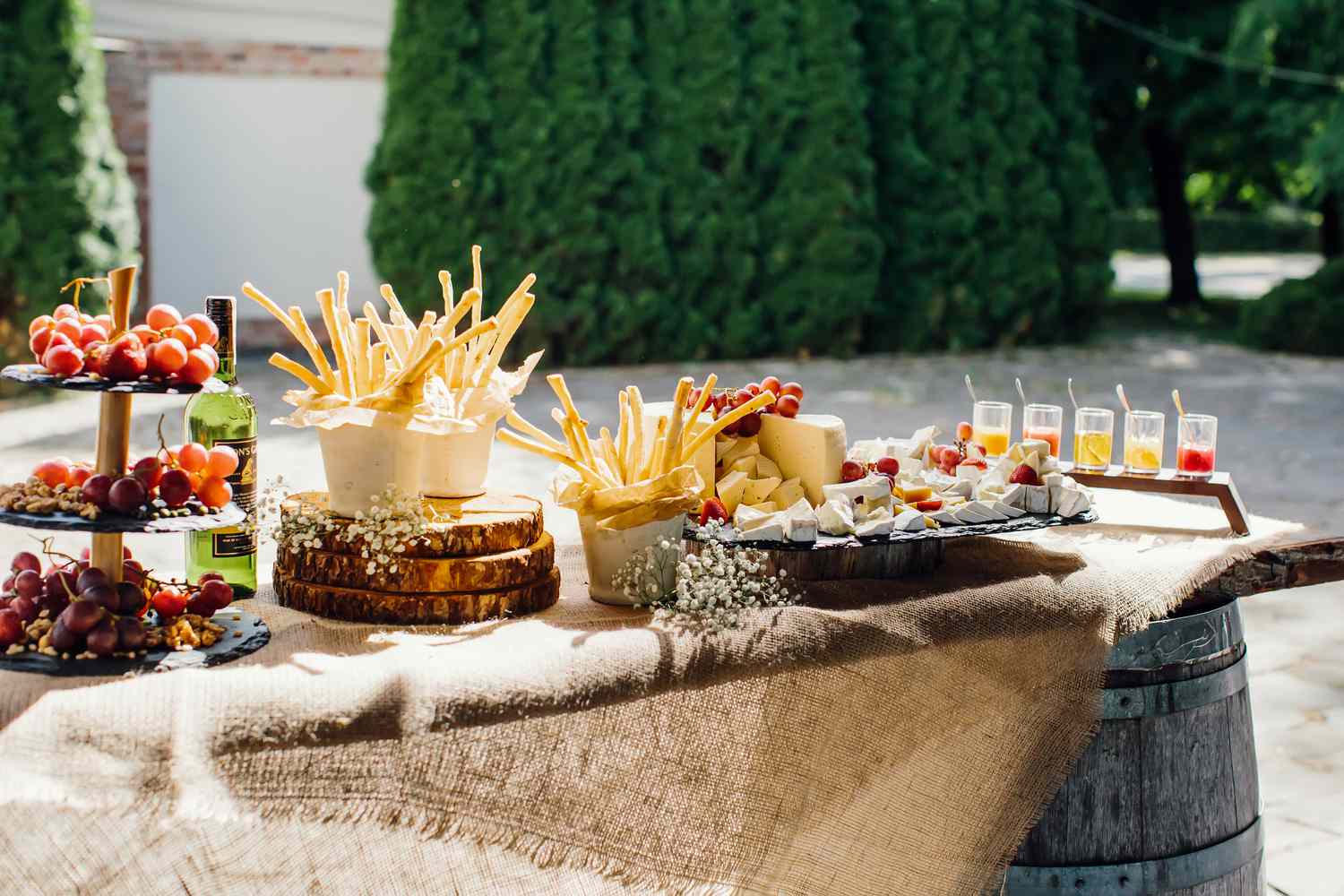
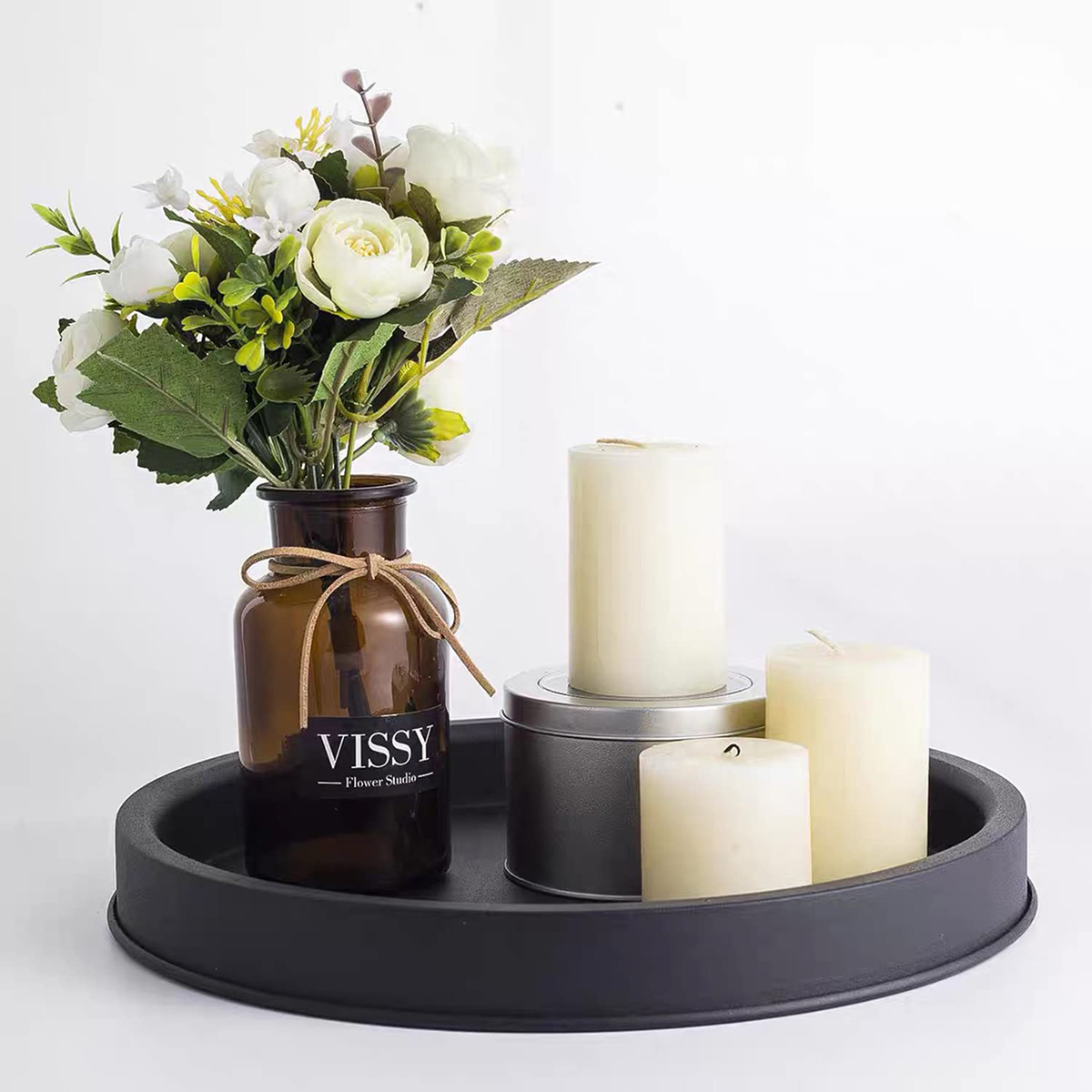
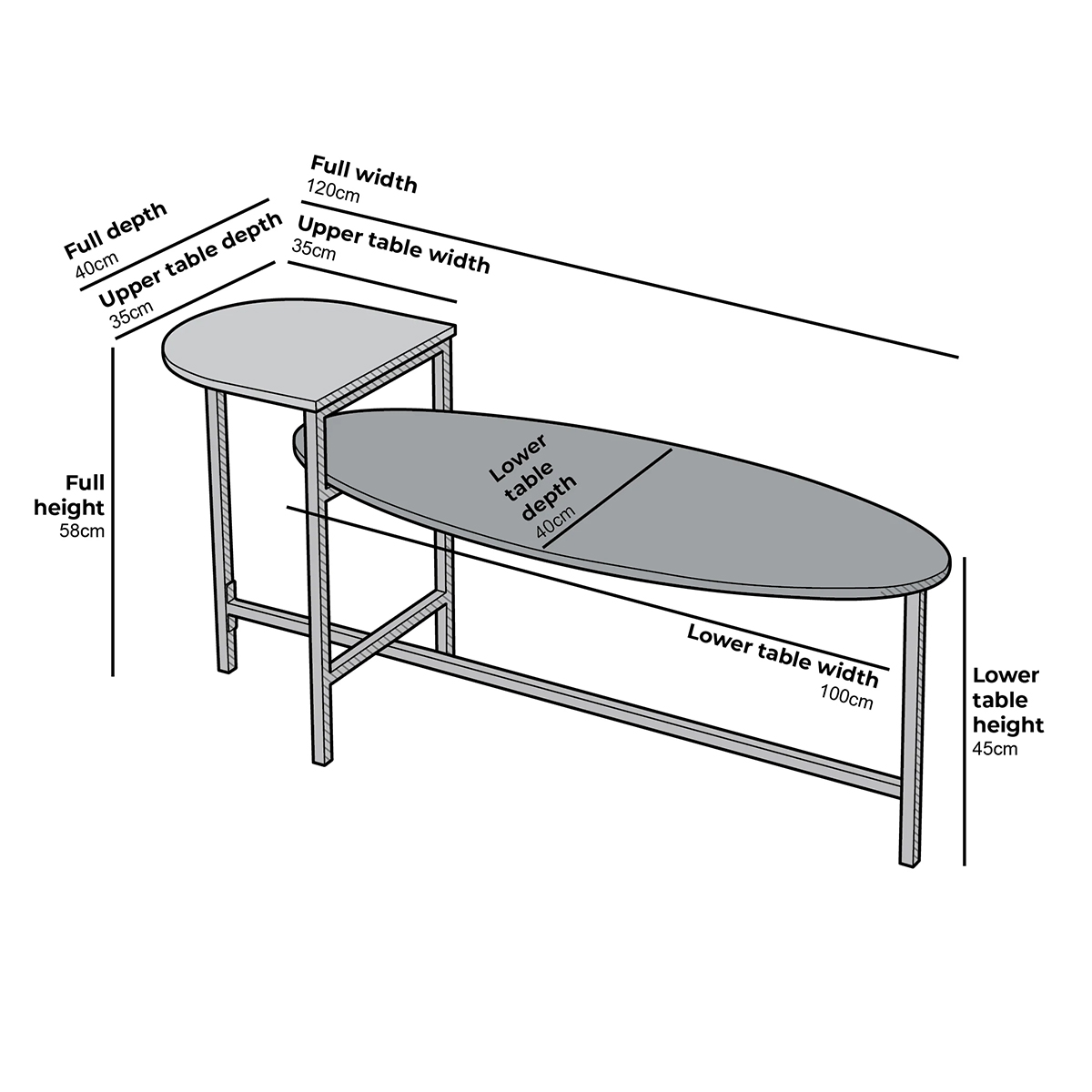
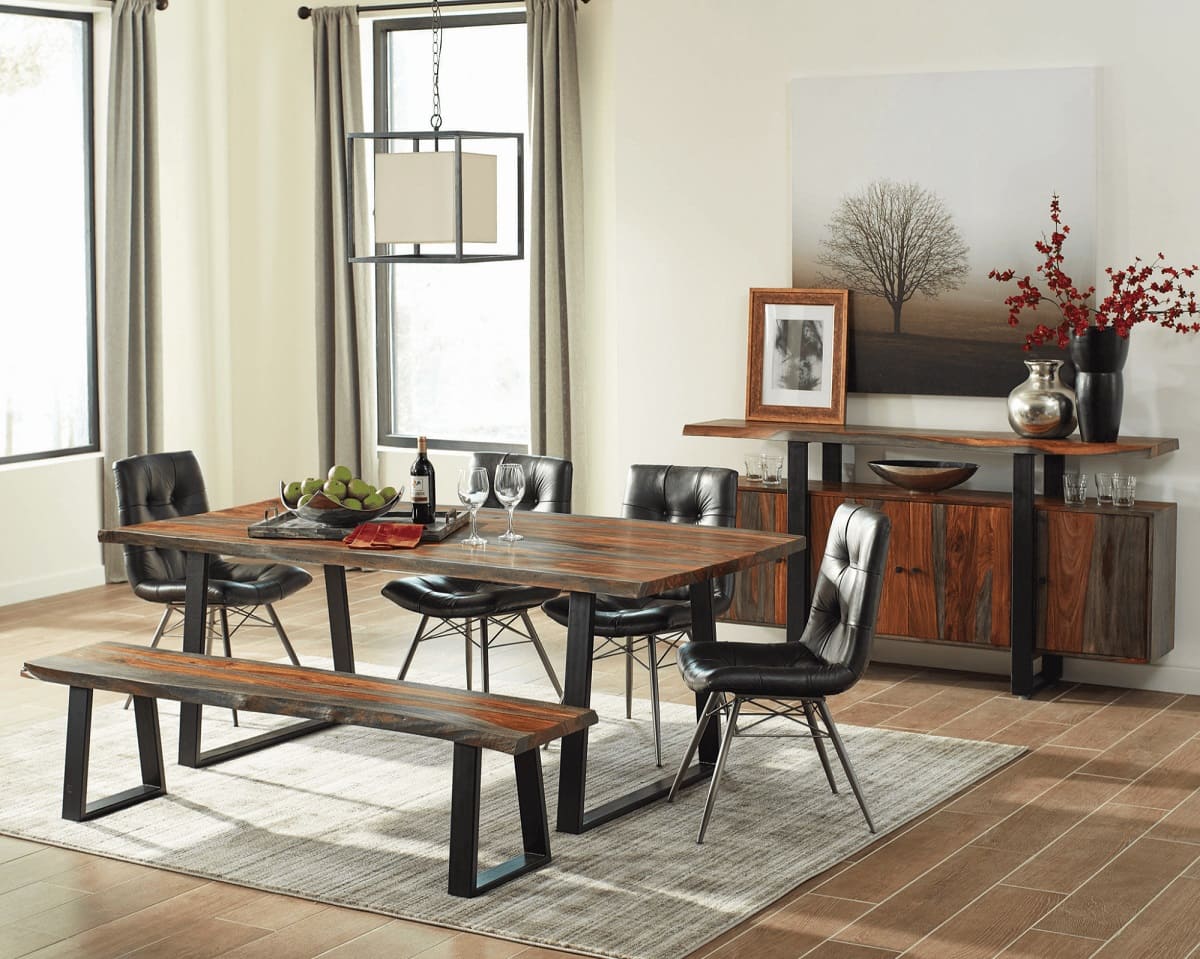

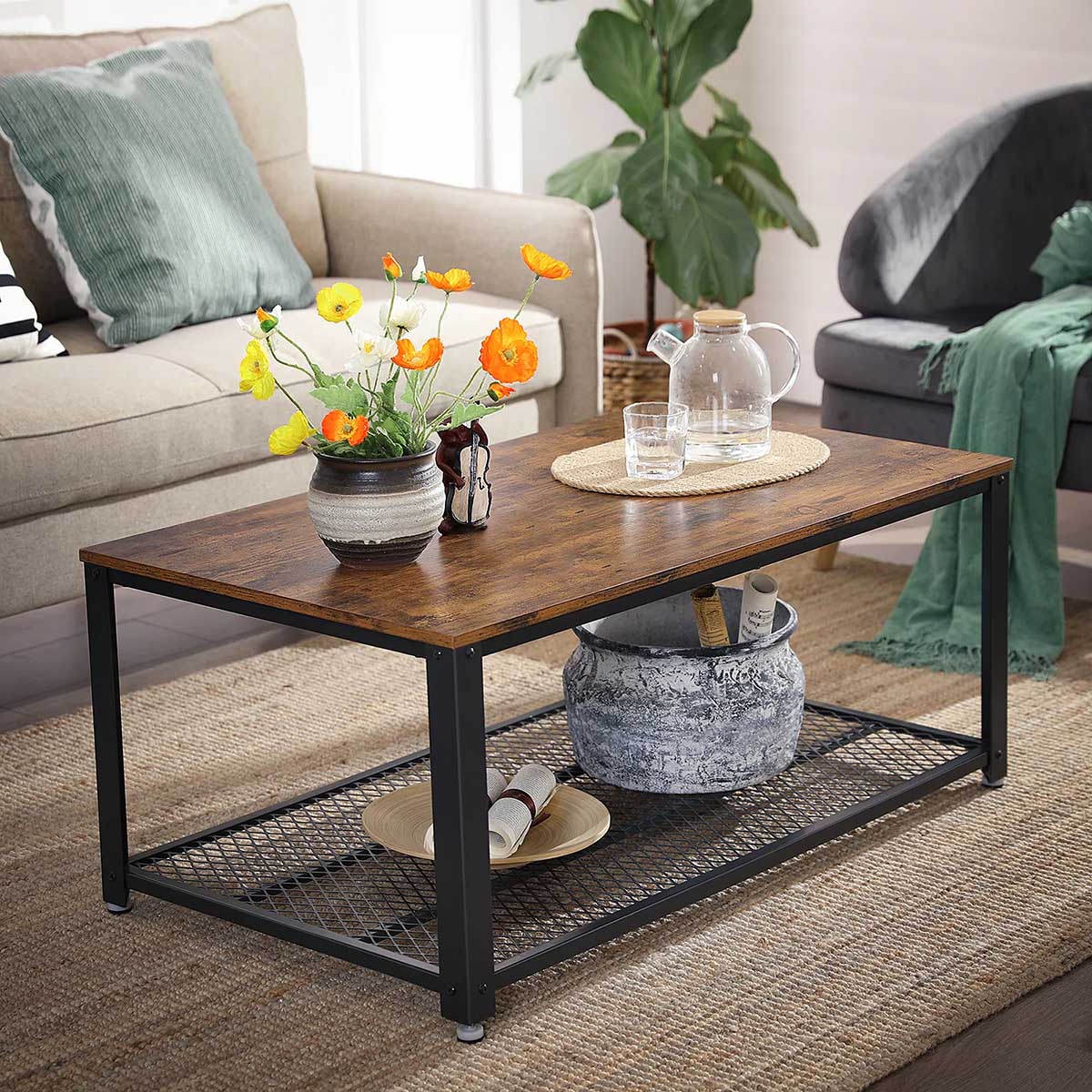
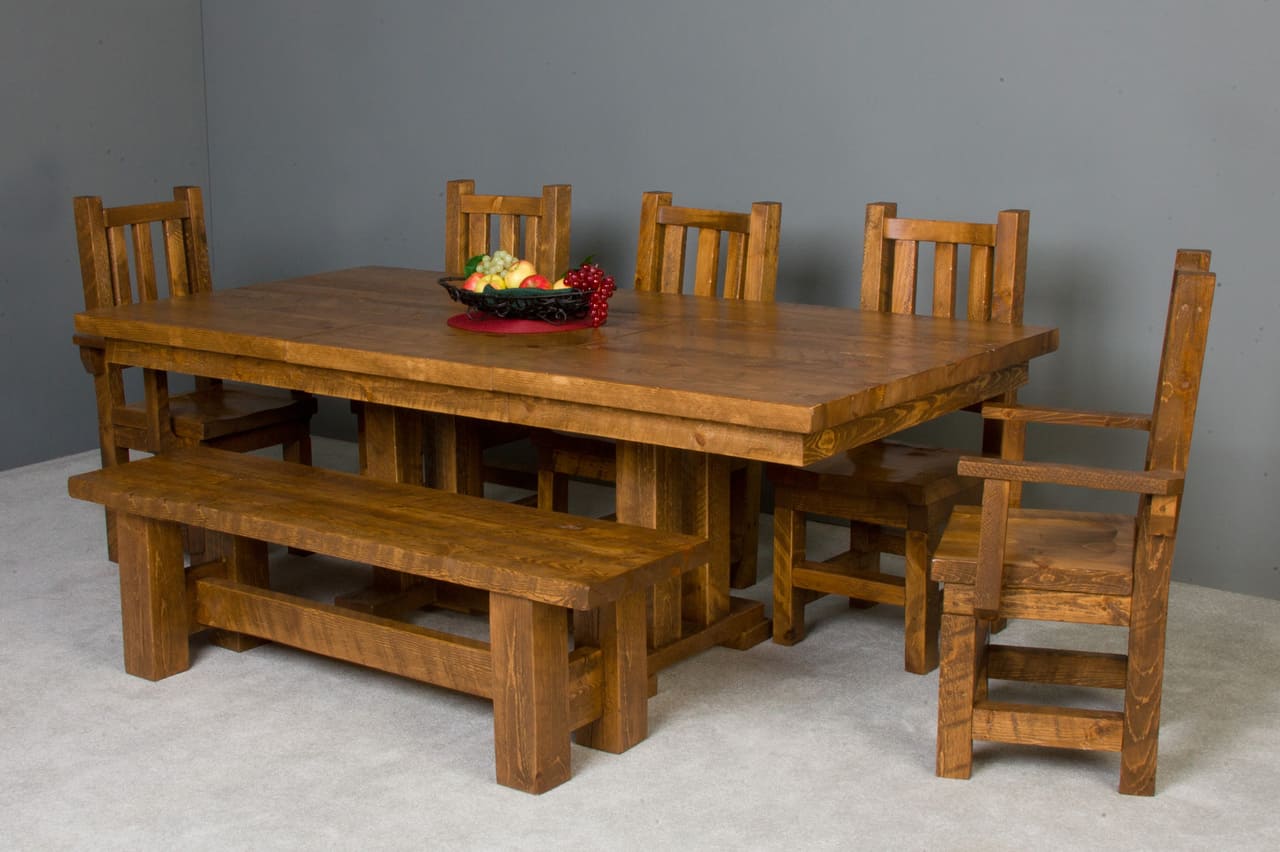

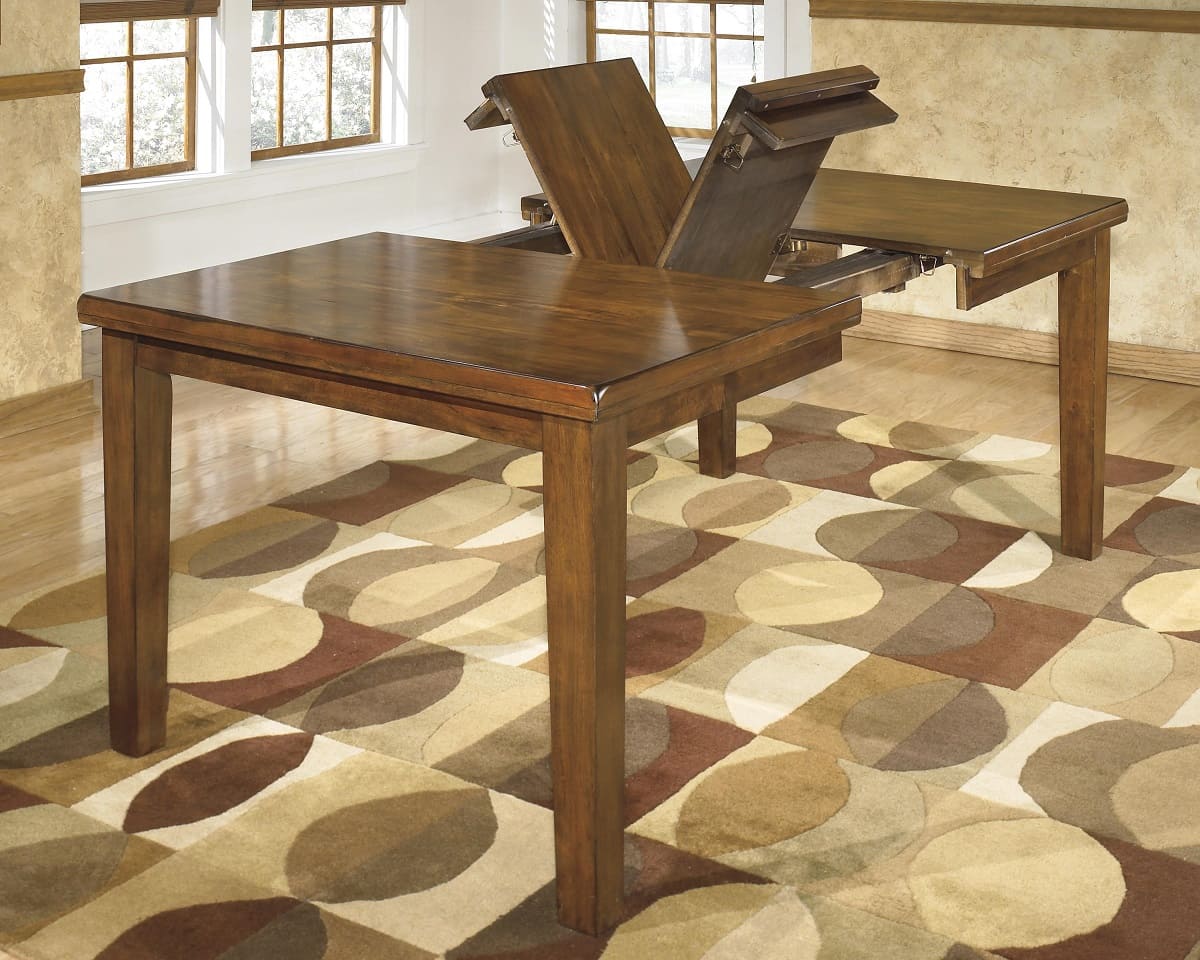

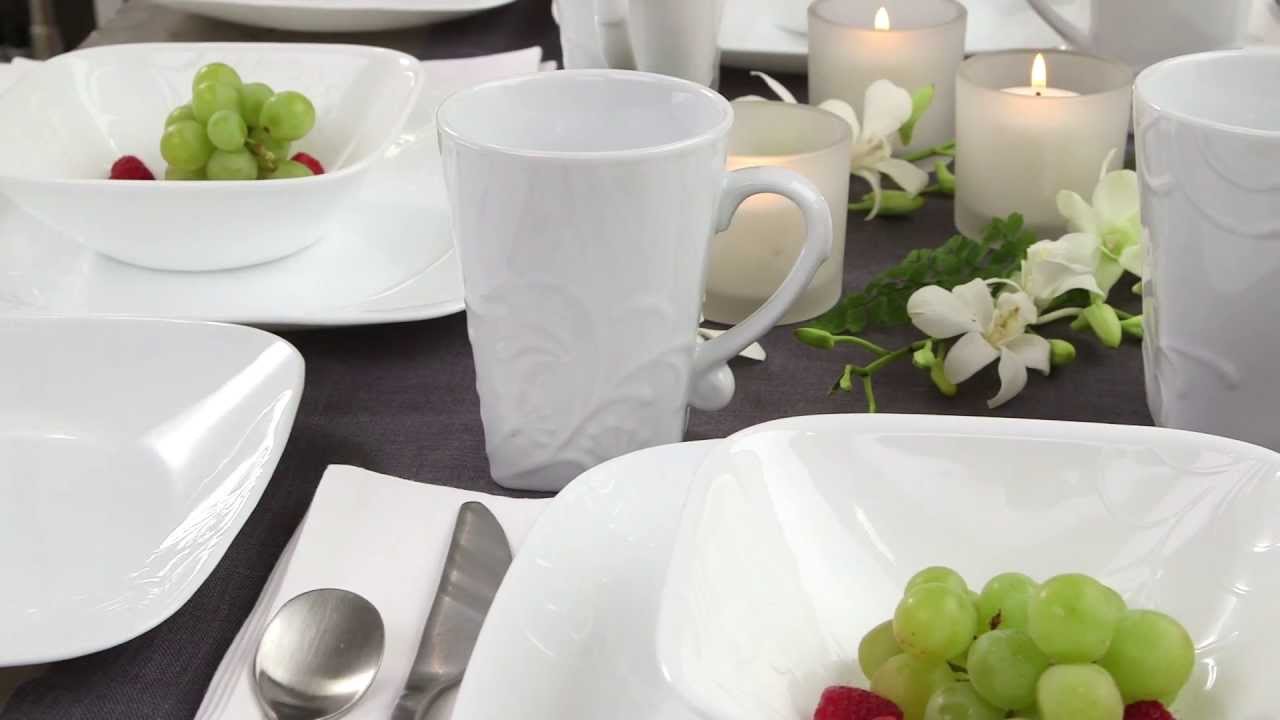
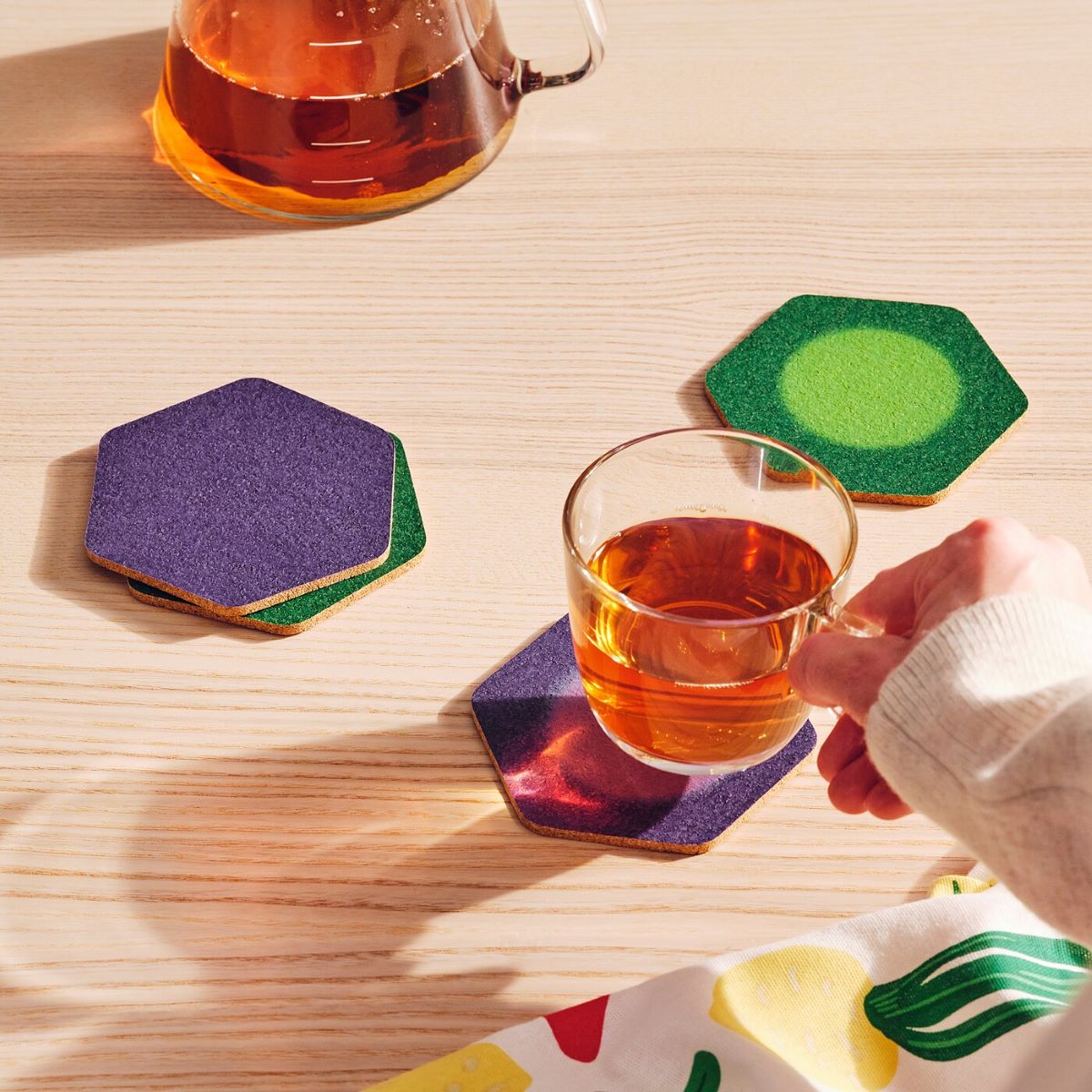
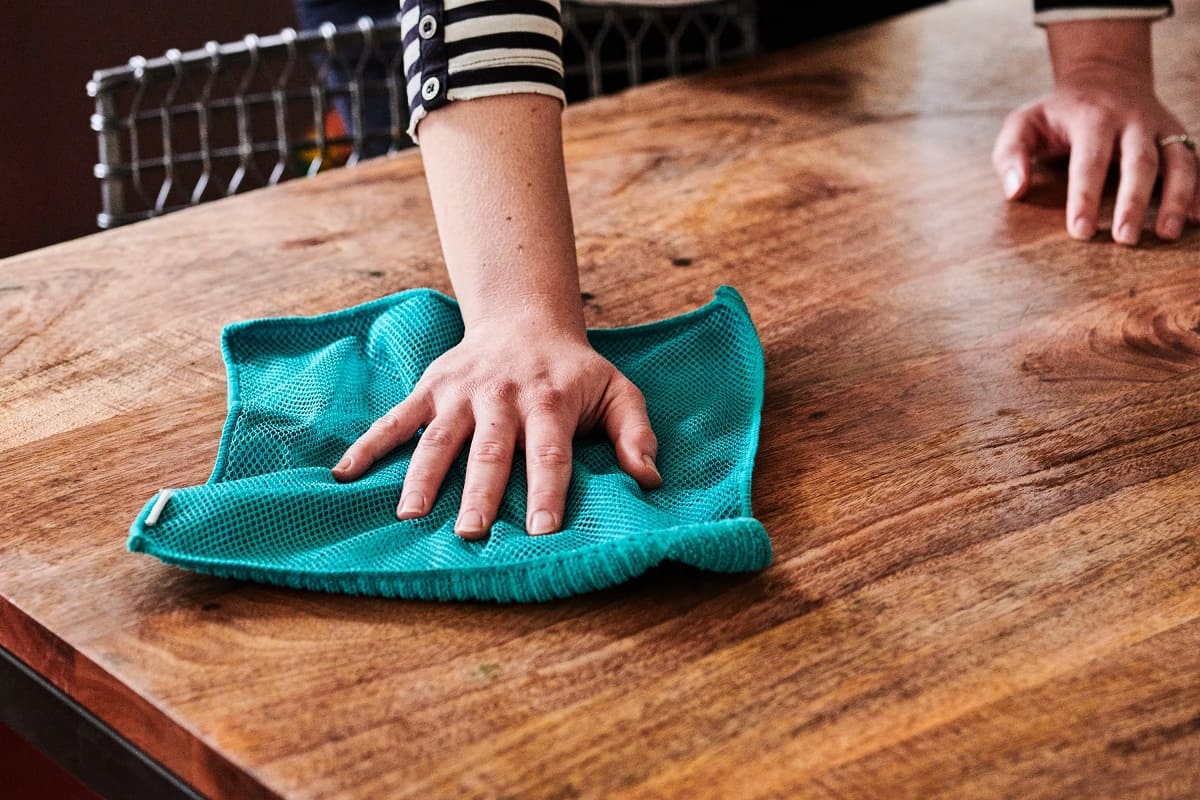

0 thoughts on “What Is Table Etiquette?”